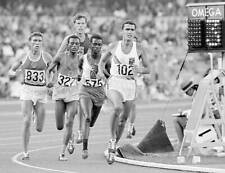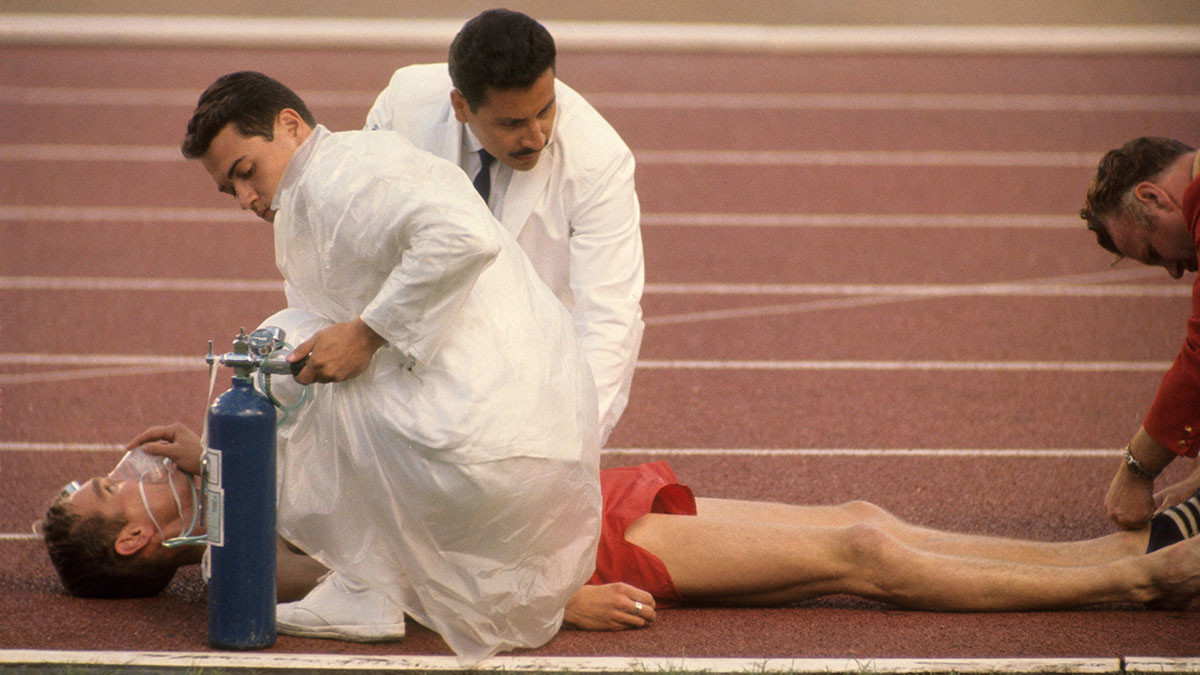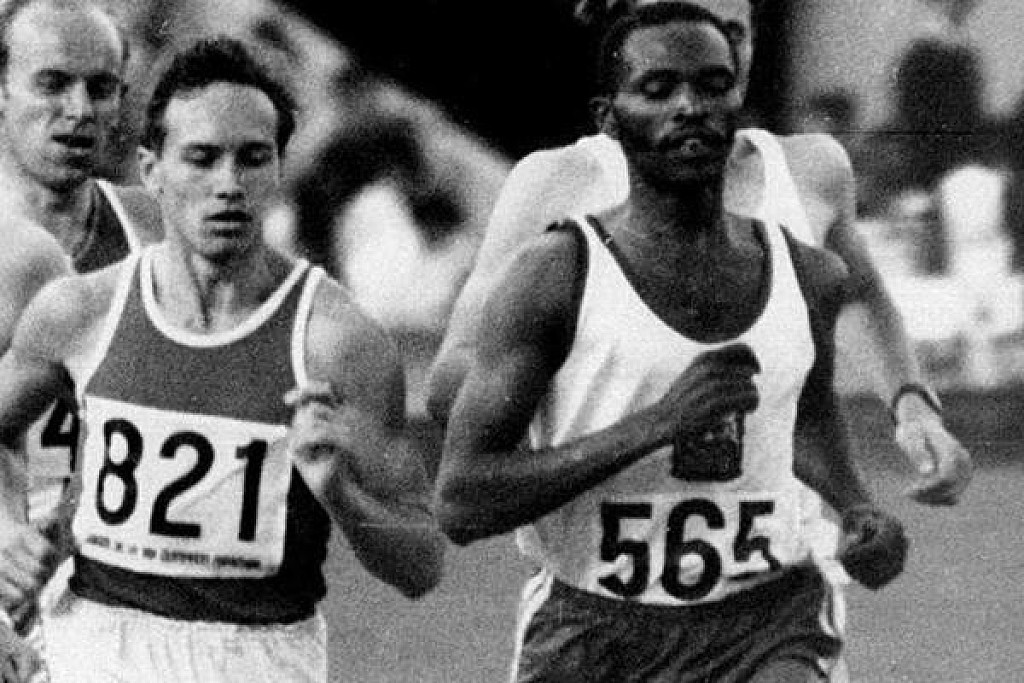Running News Daily
Running News Daily is edited by Bob Anderson. Send your news items to bob@mybestruns.com Advertising opportunities available. Train the Kenyan Way at KATA Kenya and Portugal owned and operated by Bob Anderson. Be sure to catch our movie A Long Run the movie KATA Running Camps and KATA Potato Farms - 31 now open in Kenya! https://kata.ke/
Index to Daily Posts · Sign Up For Updates · Run The World Feed
The Mexico City 1968 Olympic Games was a pivotal point in athletics history
After getting underway on October 13, during the eight days of athletics in the Mexican capital records tumbled with an astonishing frequency but the Games – and in no sport more so than athletics – also caught the zeitgeist of the era with technical innovations and social changes, many of which have had a lasting impact 50 years later.
The tone was set at the opening ceremony for the Games, which had taken place a day earlier in the 83,700-capacity Estadio Olympico Universitario that was subsequently to play host to the athletics, when the Mexican hurdler Norma Enriqueta Basilio became the first woman to light the flame in the Olympic cauldron.

It was an occasion that was seen while it happened in many parts of the world and, thanks to developments in satellite technology, much of the Olympics was also transmitted live.

For the first time, athletics at an Olympic Games was also available to an international audience in color, even though only a fraction of the global population had TV sets capable of receiving such images.
Nevertheless, the pictures transmitted from the athletics events in Mexico City truly captured the world’s imagination in a way that had not been done before. Mexico City also saw the start of the Kenyan gold rush at a global level with three victories, including Kip Keino’s audacious gun-to-tape 1500m triumph in an Olympic record of 3:34.9 which defied the conventional logic considering the 2240m altitude.
It was to be 1984 before his Olympic record was improved. At the time the headlines were dominated by the effect Mexico City’s altitude had on the endurance events and the demise of well-known and favoured runners like Australia’s world record holder Ron Clarke in such unfamiliar conditions.
Relatively little credit was given internationally at the time to the feats of Keino and his fellow Kenyan gold medalists Naftali Temu and Amos Biwott – although they were appropriately feted at home – but retrospectively they can be seen as the defining moment when Kenya became an athletics global superpower and their success acted as a catalyst for Africa’s domination of endurance events today.
Login to leave a comment




